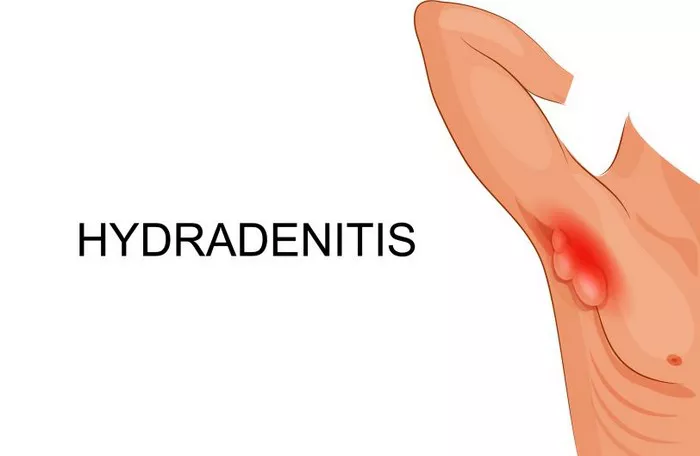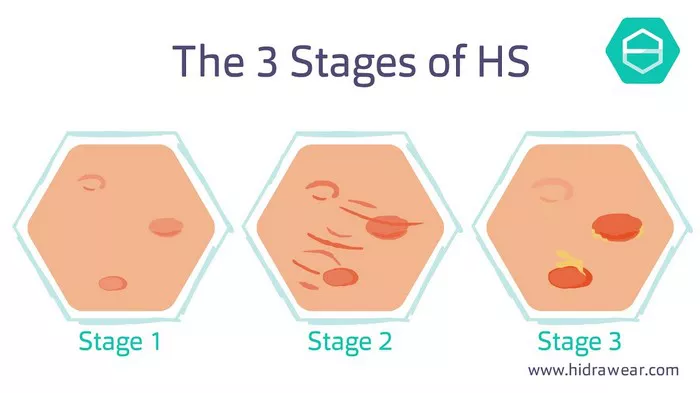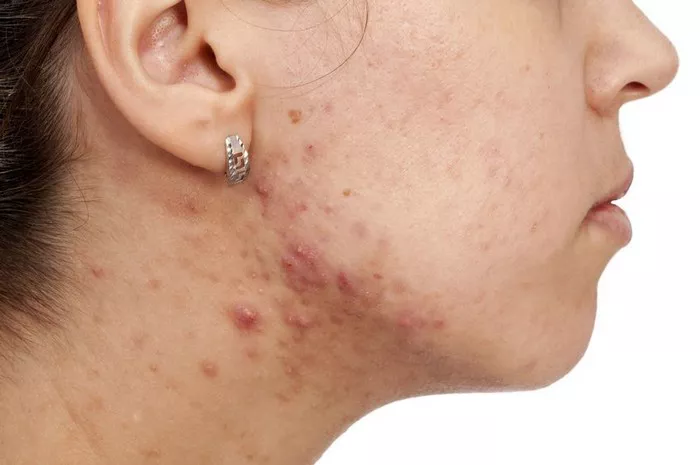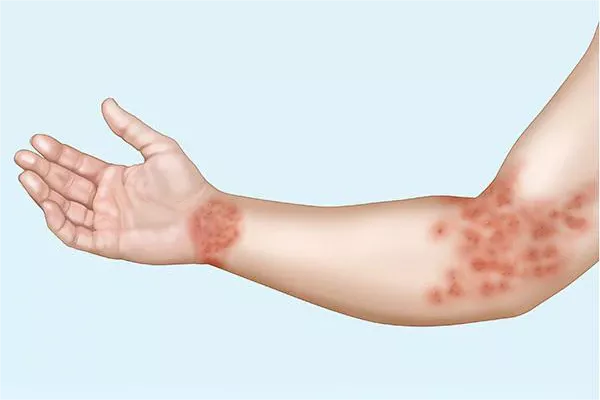Hidradenitis Suppurativa (HS) is a chronic inflammatory skin condition that affects hair follicles in areas with a high density of sweat glands, such as the armpits, groin, buttocks, and under the breasts. This condition is characterized by painful nodules, abscesses, and sinus tracts that can lead to scarring and disfigurement. While bleeding is not a primary symptom of HS, it can occur as a result of various complications associated with the disease.
Understanding Hidradenitis Suppurativa
Before delving into the question of whether HS causes bleeding, it’s essential to have a comprehensive understanding of the condition itself. HS typically manifests as painful, recurrent nodules or abscesses in affected areas. These nodules can rupture and form sinus tracts, leading to the drainage of pus and foul-smelling discharge. The chronic inflammation associated with HS can result in the formation of scar tissue, which may further exacerbate symptoms.
While the exact cause of HS remains unclear, several factors are believed to contribute to its development. These include genetic predisposition, hormonal fluctuations, obesity, smoking, and immune system dysfunction. Moreover, HS is often associated with other conditions such as acne, obesity, inflammatory bowel disease, and metabolic syndrome.
Bleeding in Hidradenitis Suppurativa: Causes and Complications
While bleeding is not a primary symptom of HS, it can occur as a result of several factors related to the disease process:
1. Rupture of Nodules and Abscesses: One of the hallmark features of HS is the formation of painful nodules and abscesses that can rupture spontaneously or with pressure. When these lesions rupture, they may cause bleeding, especially if there is trauma to blood vessels within the affected area.
2. Secondary Infection: HS lesions are prone to secondary bacterial infection due to the accumulation of pus and debris. These infections can lead to inflammation and tissue damage, increasing the likelihood of bleeding.
3. Trauma and Friction: The chronic inflammation and scarring associated with HS can make the skin more fragile and susceptible to trauma. Friction from clothing or movement in affected areas may cause minor abrasions or tears, resulting in bleeding.
4. Surgery and Medical Procedures: In severe cases of HS, surgical intervention may be necessary to remove affected tissue or drain abscesses. While these procedures can help alleviate symptoms, they carry a risk of bleeding, particularly in areas with extensive inflammation and tissue damage.
Managing Bleeding in Hidradenitis Suppurativa
Given the potential for bleeding in individuals with HS, it’s crucial to implement strategies for managing this complication effectively:
1. Wound Care: Proper wound care is essential for preventing infection and promoting healing in individuals with HS. This may involve gentle cleansing of affected areas with mild soap and water, followed by the application of topical antibiotics or dressings.
2. Pain Management: Bleeding episodes in HS can be accompanied by significant pain and discomfort. Pain management strategies, such as the use of over-the-counter analgesics or prescription medications, may help alleviate symptoms and improve quality of life.
3. Avoiding Trauma: Minimizing trauma to affected areas is key to preventing bleeding episodes in individuals with HS. This may involve wearing loose-fitting clothing, avoiding activities that exacerbate symptoms, and practicing proper wound care techniques.
4. Seeking Medical Attention: If bleeding in HS is severe or persistent, it’s important to seek medical attention promptly. A healthcare provider can assess the severity of the bleeding, address any underlying infections or complications, and recommend appropriate treatment options.
Conclusion
In conclusion, while bleeding is not a primary symptom of Hidradenitis Suppurativa, it can occur as a result of various complications associated with the disease. Understanding the potential causes of bleeding and implementing appropriate management strategies are essential for minimizing symptoms and improving quality of life in individuals with HS. By addressing bleeding episodes promptly and effectively, healthcare providers can help individuals with HS better manage their condition and reduce the risk of complications.
























